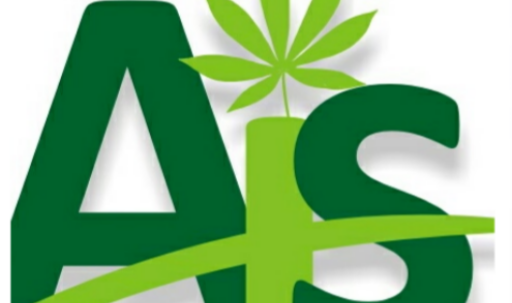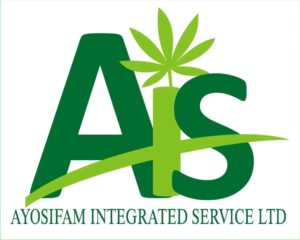Several factors can significantly impact the budget for cassava and potato farmers. Understanding these factors is crucial for accurate financial planning.
Common Factors Affecting Both Cassava and Potato Farming Costs:
Land Costs: The price or rental rate of land varies greatly depending on location, soil quality, and accessibility. Proximity to markets or urban centers often increases land costs.
Labour Costs: Labour rates can fluctuate based on the availability of farmworkers, local economic conditions, and the specific tasks being performed. Skilled labor for operating machinery might cost more.
Input Prices: The cost of fertilisers, pesticides, herbicides, and other agrochemicals fluctuates due to market demand, supply chain disruptions, and government policies.
Transportation Costs: Fuel prices and the distance to markets or processing centers significantly affect transportation expenses.
Equipment Costs: The cost of purchasing, renting, or maintaining farm equipment can be a major part of the budget, especially for mechanized farming.
Market Prices: While not a direct cost, the expected selling price of cassava or potatoes influences the overall financial viability and the farmer’s ability to cover their expenses. Price volatility can introduce uncertainty.
Government Policies and Subsidies: Agricultural policies, subsidies on inputs, or support programs can help reduce farming costs.
Climate and Weather: Unpredictable weather patterns can lead to crop losses or increased costs for irrigation and pest/disease management.
Specific Factors for Cassava:
Quality of Planting Material: Disease-free, high-yielding cassava stems might be more expensive but can lead to better overall returns.
Processing Requirements: If cassava is processed, the type of processing (e.g., gari, flour, starch) and the scale will affect costs.
Specific Factors for Potatoes:
Seed Potato Quality and Source: Certified seed potatoes are more expensive than uncertified ones but are essential for yield and disease control. The variety of potato also influences seed cost.
Storage Needs: Potatoes are perishable and may require investment in proper storage to avoid losses, adding to the overall cost.
Irrigation Dependence: Potatoes generally require more consistent moisture than cassava, making irrigation a significant cost in many regions.
Mitigating High Costs:
Farmers can employ several strategies to manage and potentially reduce their farming costs:
Efficient Resource Management: Optimize the use of fertilizers, pesticides, and water to avoid waste.
Group Purchasing: Forming cooperatives or groups to buy inputs in bulk can lead to discounts.
Sustainable Practices: Implementing practices like crop rotation and integrated pest management can reduce the need for expensive inputs in the long run.
Market Research: Understanding market trends and planning sales in advance can help secure better prices.
Seeking Financial Support: Exploring loans, grants, or government assistance programs can alleviate financial burdens.
Carefully considering all these factors and creating a detailed budget, cassava and potato farmers can improve their financial planning, manage risks, and enhance the profitability of their farming operations.




